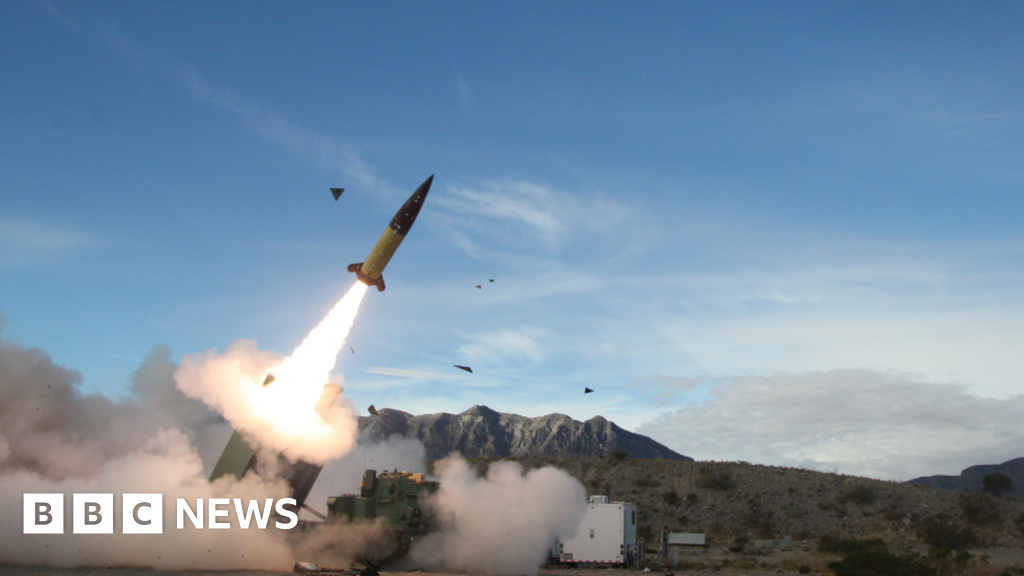ARTICLE AD BOX
Image source, Reuters
Image caption,A mudslide buried residents and wiped out homes in a village near Baybay city
At least 53 people have been killed in landslides and floods after Tropical Storm Megi devastated the Philippines.
Rescue crews were still seeking to find survivors in flooded villages on Wednesday, digging through mud and wading through chest-high water.
However the death toll from Sunday's natural disaster is only expected to climb, officials say.
Villages around Baybay city in the central Leyte province are worse hit.
There, hillside avalanches and overflowing rivers wiped out homes and buried many people alive. The city's mayor Jose Carlos Cari told news outlet CNN that at least 47 people in the area had been killed.
In one village, Pilar, about 80% of the houses had been washed out to sea, a government official told news agency AFP.
Philippines national disaster agency has also reported deaths in the southern Davao region, Mindanao and in the central Negros Orientals province.
More than 100,000 people in southern and eastern Philippines islands have been affected by the storm, authorities say.
Many fled their homes to shelters or higher ground on Sunday when the storm, known locally as Agaton, hit the archipelago with winds of up to 65km (40 miles) per hour.
Image source, Reuters
Image caption,A man carries a boy on his shoulder as they walk through a flooded road in Capiz province with the aid of rescuers
Image source, Reuters
Image caption,Another rescue operation in Panitan on Panay Island in the nation's east
Pictures posted by the Philippines Coast Guard show rescuers carrying the injured on stretchers through chest-high water and ferrying survivors on rafts down flooded streets.
The rescue effort has been hampered by constant rain, but conditions had eased somewhat on Tuesday.
It was the first such storm of the year - the Philippines typically sees an average of 20 each year.
It comes about four months after Super Typhoon Rai devastated many of the nation's south-east islands in December - killing at least 375 people and affecting about 500,000 people.
It was the worst storm to hit the Philippines that year and experts said it had grown stronger far quicker than anticipated.
On Tuesday, a national disaster agency spokesman also said the landslide around Baybay city had extended to areas "outside the danger zone", reported the AFP news agency.
AFP also reported a Baybay official, Marissa Miguel Cano, a public information officer, saying: "It's supposed to be the dry season but maybe climate change has upended that."
Scientists say human-caused climate change has led to a greater intensity and power in tropical storms. The Philippines has experienced some of its most deadly storms since 2006.
It's been ranked as one of the nations most vulnerable to climate disasters due to its geography.
Watch this video that walks through the destruction caused by the typhoon in Cebu City

 2 years ago
16
2 years ago
16








 English (US)
English (US)